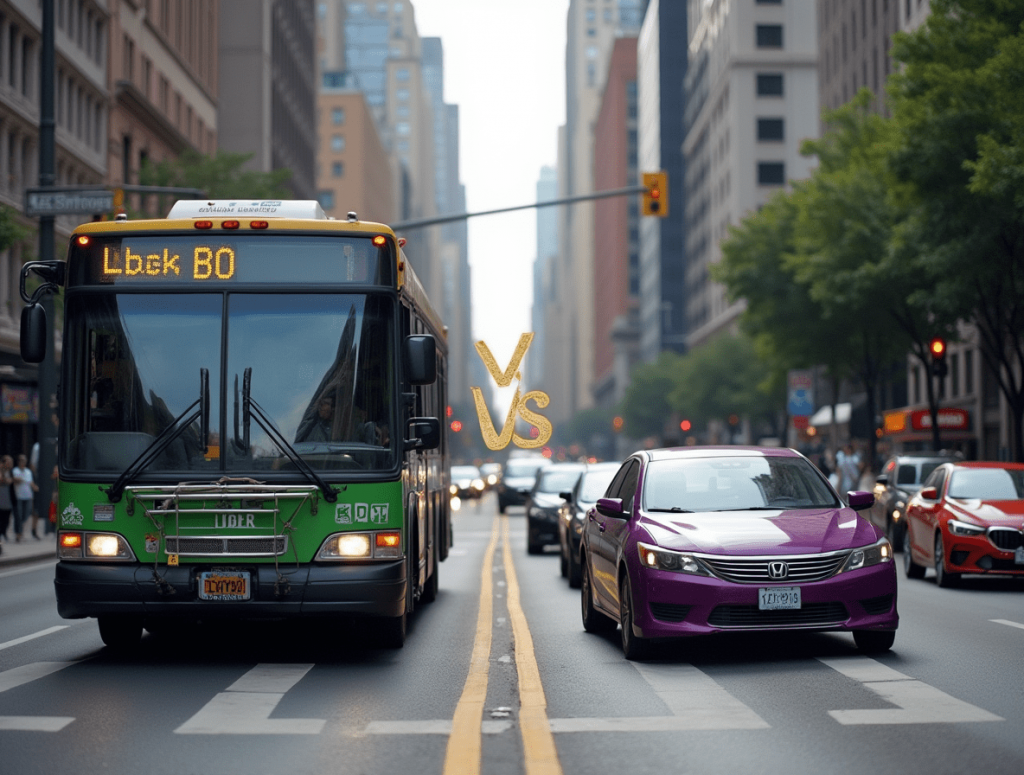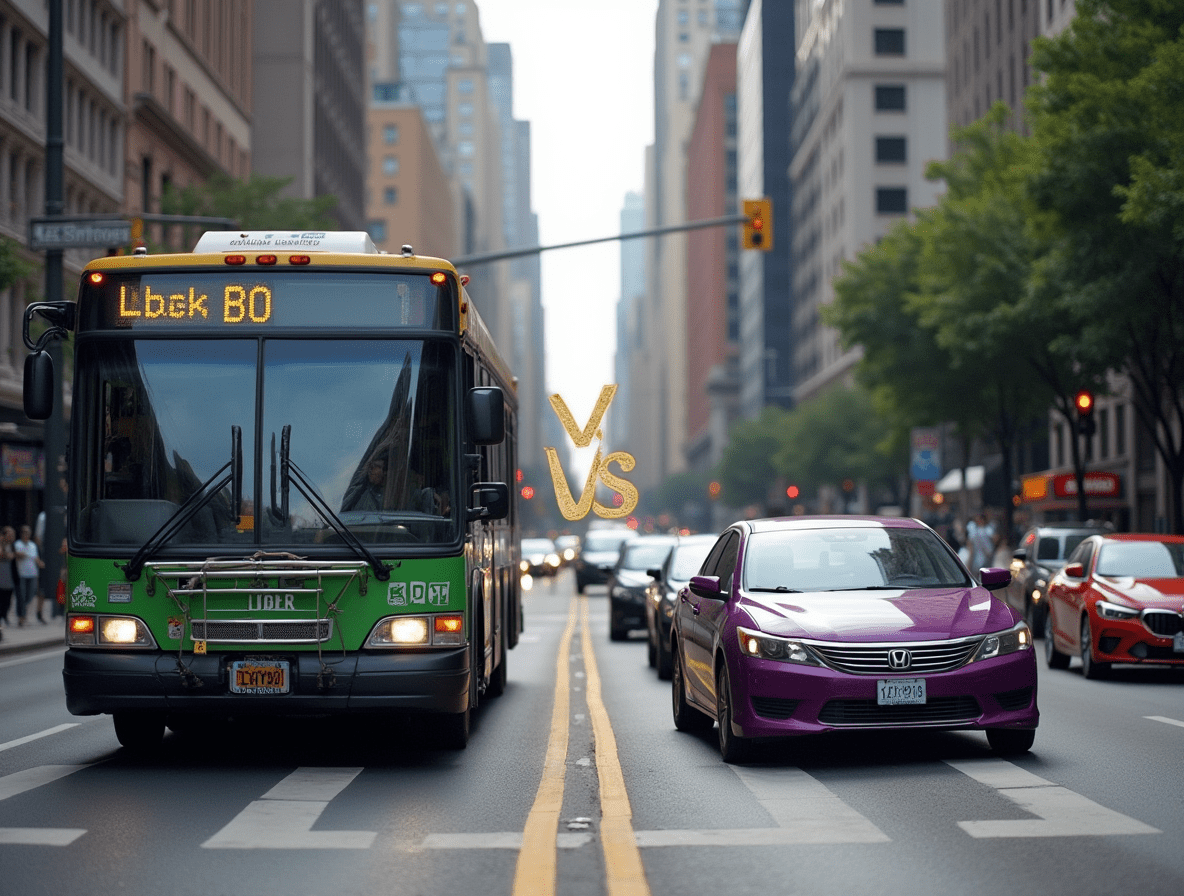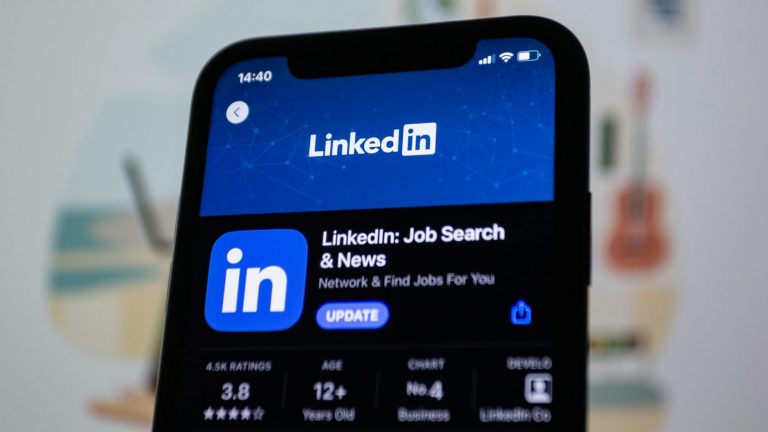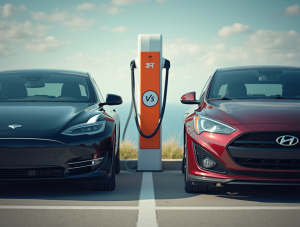
How much time do you spend commuting each week? For the average American, it’s nearly 5 hours – equivalent to 10 days per year just getting from point A to point B. With precious time at stake, the question of which transportation option provides the most convenience becomes increasingly important.
As urban areas grow more congested and transportation options evolve, many commuters find themselves choosing between traditional public transit systems and the relatively newer ride-sharing services. Each option comes with distinct advantages and limitations that affect their convenience in different situations.
This comprehensive guide breaks down the key factors that determine convenience – including availability, wait times, costs, flexibility, and ease of use – to help you make smarter transportation choices that fit your lifestyle and needs.
Understanding Your Options
What is Public Transport?
Public transportation refers to shared passenger services operating on established routes and schedules. These systems are typically funded and operated by government agencies or public-private partnerships.
Common public transit options include:
- Buses and trolleys
- Subway and light rail systems
- Commuter trains
- Ferries and water taxis
- Streetcars and trams
What is Ride-Sharing?
Ride-sharing (also called ride-hailing) services connect passengers with drivers through smartphone applications. Unlike traditional taxis, ride-sharing drivers typically use their personal vehicles.
Popular ride-sharing services include:
- Uber and Lyft (general service)
- Via and Bolt (multi-passenger options)
- Specialized services (wheelchair-accessible vehicles, luxury cars)
- Micro-mobility options (e-scooters, bike-sharing)
Convenience Factors: A Detailed Comparison
Availability and Coverage
Public Transport
Public transit systems typically serve defined geographic areas with fixed routes. Their coverage varies significantly depending on the city:
Strengths:
- Extensive coverage in urban centers
- Reliable service along established routes
- Consistent schedules, even during off-peak hours
Limitations:
- Limited service in suburban and rural areas
- Reduced frequency during early morning and late night hours
- Fixed routes may not reach all destinations
Coverage has improved in many cities through transit-oriented development, with approximately 60% of urban residents in the U.S. living within a half-mile of public transit stops.
Ride-Sharing
Ride-sharing services operate with dynamic coverage that fluctuates based on driver availability and demand:
Strengths:
- Widespread availability in urban and suburban areas
- Service available virtually anywhere drivers operate
- No fixed routes or schedules to constrain travel
Limitations:
- Driver availability varies by time and location
- Rural areas often have limited or no service
- Surge pricing during peak demand periods
Recent data shows ride-sharing services now operate in over 10,000 cities worldwide, though service quality varies significantly based on market size.
Wait Times and Reliability
Public Transport
Public transit operates on predetermined schedules with varying frequency:
Average wait times:
- Urban centers during peak hours: 5-10 minutes
- Suburban areas during peak hours: 15-30 minutes
- Off-peak hours: 20-60 minutes
According to transit authority statistics, buses arrive within 5 minutes of their scheduled time about 80% of the time in most major urban systems. However, delays due to traffic, weather, and mechanical issues remain common.
Ride-Sharing
Ride-sharing wait times depend on driver proximity and demand:
Average wait times:
- Urban centers during standard demand: 3-7 minutes
- Suburban areas during standard demand: 7-15 minutes
- During peak demand periods: Can exceed 20 minutes
Ride-sharing apps typically provide estimated arrival times with 85-90% accuracy. The ability to track your driver’s location in real-time adds predictability that many passengers find reassuring.
Cost Comparison
Public Transport
Public transit typically operates on flat-fare or zone-based pricing models:
Typical costs:
- Single ride: $1.50-$3.50
- Monthly pass: $65-$150
- Annual pass: $650-$1,500
Many systems offer discounts for seniors, students, and low-income passengers. The predictable cost structure makes budgeting straightforward, with no price fluctuations during peak times.
Ride-Sharing
Ride-sharing uses dynamic pricing that varies based on distance, time, and demand:
Typical costs:
- Base fare: $1.00-$2.50
- Per mile charge: $1.00-$2.50
- Per minute charge: $0.15-$0.40
- Surge pricing: 1.5x-4x normal rates during peak demand
For a 5-mile trip in moderate traffic:
- Public transit: $2-$3
- Standard ride-share: $12-$18
- Shared ride-share (with other passengers): $8-$13
Flexibility and Route Options
Public Transport
Public transit follows predetermined routes and schedules:
Strengths:
- Predictable service patterns
- Multiple route options in dense urban areas
- Transfer systems allow extended travel
Limitations:
- Last-mile connectivity issues (getting from stations to final destinations)
- Limited ability to accommodate detours or special stops
- Transfers between lines may add significant time
Recent transit innovations like bus rapid transit (BRT) lanes have improved flexibility by reducing delays, but the fundamental constraint of fixed routes remains.
Ride-Sharing
Ride-sharing offers point-to-point transportation:
Strengths:
- Direct routes to specific destinations
- No transfers required
- Door-to-door service eliminates last-mile problems
- Route adjustments possible during trips
Limitations:
- Less efficient for regular, predictable commutes
- Higher costs for longer distances
- Limited carpool options in some areas
The point-to-point nature of ride-sharing eliminates the need to plan around transit schedules or worry about connections between different services.
Ease of Use and Accessibility
Public Transport
Using public transit requires understanding routes, schedules, and payment systems:
User experience considerations:
- Learning curve for new users and visitors
- Physical accessibility varies by system age and funding
- Payment options range from cash to contactless cards
- Mobile apps with real-time tracking now available in most major systems
Approximately 92% of public transit vehicles in the U.S. are now ADA-accessible, though older infrastructure (particularly subway stations) often presents accessibility challenges.
Ride-Sharing
Ride-sharing platforms prioritize user experience and accessibility:
User experience considerations:
- Intuitive mobile applications
- GPS-based pickup and dropoff
- Multiple vehicle options for different needs
- Integrated payment systems
- In-app translation and accessibility features
Most major ride-sharing services now offer wheelchair-accessible vehicle options, though availability varies significantly by location.
Situational Convenience Analysis
The “most convenient” option often depends on specific scenarios:
Daily Commuting
For regular commutes along established routes, public transit often provides better overall convenience:
- Predictable schedules allow for consistent planning
- Lower costs for frequent use
- Dedicated rights-of-way (for trains/subways) avoid traffic congestion
- Time can be used productively for reading, working, or relaxing
Public transit systems in cities like New York, Chicago, and Washington D.C. carry millions of daily commuters efficiently along high-density corridors.
Off-Hour Travel
For early morning, late night, or weekend travel, ride-sharing typically offers superior convenience:
- Service available when public transit runs infrequently or not at all
- Reduced wait times during off-peak hours
- Direct routes when transit transfers would add significant time
- Enhanced safety for late-night travel
Studies show ride-sharing usage spikes between 10 PM and 4 AM when public transit options are limited.
Group Travel
When traveling with multiple people, the convenience equation shifts:
- Ride-sharing becomes more cost-effective as costs are shared
- Larger vehicles can accommodate groups together
- Door-to-door service eliminates coordination challenges
- No need to manage multiple transit fares
For groups of 3-4 people, ride-sharing costs often approach or beat public transit fares for the same journey.
Weather Considerations
Extreme weather significantly impacts transportation convenience:
- Public transit may experience delays but continues operating
- Ride-sharing demand typically surges during inclement weather
- Waiting outdoors for buses or trains becomes uncomfortable
- Door-to-door service minimizes exposure to elements
During heavy snowfall or rainstorms, ride-sharing wait times often increase 2-3 times while prices surge due to high demand.
Environmental and Social Impact
While convenience often drives individual decisions, broader impacts merit consideration:
Environmental Factors
Public transportation demonstrates clear environmental advantages:
- Buses produce approximately 33% fewer emissions per passenger-mile than single-occupancy vehicles
- Rail systems generate up to 76% fewer emissions
- Reduced overall congestion improves efficiency for all road users
Ride-sharing’s environmental impact depends on usage patterns:
- Single-passenger ride-shares may increase overall emissions
- Shared rides can reduce emissions by 33-60% compared to individual car trips
- Electric vehicle adoption in ride-sharing fleets is improving sustainability
A 2023 study found that public transit systems reduce U.S. carbon emissions by approximately 37 million metric tons annually.
Social Accessibility
Transportation options affect different populations differently:
Public transit strengths:
- Lower cost barriers to entry
- No smartphone or credit card requirements
- Serves transit-dependent populations
- ADA compliance requirements
Ride-sharing strengths:
- Serves areas with limited public transit
- Provides mobility options for non-drivers
- Offers accessibility features for users with specific needs
- Creates flexible employment opportunities
According to transportation equity studies, approximately 2.8 million Americans rely exclusively on public transit for mobility.
Technology Integration
Modern technology is transforming both transportation options:
Public Transit Innovations
Transit systems are implementing technology to improve convenience:
- Real-time tracking applications
- Mobile ticketing and payment
- Trip planning with multimodal options
- Platform-level capacity indicators
- Transit signal priority systems
Over 75% of major transit agencies now offer real-time arrival information through mobile applications.
Ride-Sharing Advancements
Ride-sharing platforms continue to enhance convenience through:
- Predictive demand algorithms
- Improved matching systems
- Integration with public transit information
- Subscription models for regular users
- Autonomous vehicle testing
Several cities now feature integrated transportation apps that combine public transit and ride-sharing options for optimal journey planning.
Cost-Benefit Analysis for Different User Profiles
Urban Professionals
For those working in city centers:
- Public transit typically offers $2,000-$4,000 annual savings compared to daily ride-sharing
- Time savings from dedicated transit lanes during rush hour
- Productivity benefits from hands-free commuting
Suburban Families
For families in suburban areas:
- Mixed approaches often provide optimal convenience
- Park-and-ride facilities combine personal vehicles with transit
- Ride-sharing fills gaps for areas with limited transit service
- Family transit passes offer significant savings for regular users
Students and Budget-Conscious Travelers
For those prioritizing cost over time:
- Public transit passes offer unlimited rides at fixed costs
- Discounted student fares further enhance value
- Ride-sharing reserved for special circumstances or group travel
- Shared ride options provide middle-ground solutions
Conclusion: Which is More Convenient?
The convenience comparison between public transport and ride-sharing doesn’t yield a universal answer. Instead, the most convenient option depends on:
- Your specific location and destination
- Time of day and weather conditions
- Number of travelers in your group
- Cost sensitivity and time value
- Personal mobility requirements
Public transport excels in high-density corridors during peak hours, offering predictable schedules and significant cost savings for regular users. Its fixed routes and schedules make it ideal for consistent commuting patterns.
Ride-sharing provides superior convenience for off-hour travel, trips to areas with limited transit service, and situations requiring door-to-door transportation. Its point-to-point model eliminates transfers and reduces total travel time, though at higher cost.
The most convenient strategy for many urban dwellers combines both options—using public transit for regular commuting and ride-sharing to fill gaps when needed. This hybrid approach balances cost, time, and convenience while supporting both transportation systems.
As transportation technology continues to evolve, the lines between these options are blurring. Integrated mobility platforms, subscription services covering multiple transportation modes, and autonomous vehicles promise to further transform how we evaluate transportation convenience in the coming years.
FAQ Section
How do ride-sharing costs compare for regular commuters?
For daily commuters, ride-sharing typically costs 5-10 times more than public transit for comparable routes. A typical 5-mile daily commute might cost $15-20 via ride-sharing compared to $2-3 on public transit. Monthly transit passes further increase these savings for regular users.
Does public transport actually save time during rush hour?
In congested urban areas with dedicated transit lanes or separate rail systems, public transit often provides faster travel during peak hours. For example, a subway train in Manhattan travels at an average speed of 17 mph during rush hour, while surface traffic averages just 4.7 mph.
Are ride-sharing services available everywhere?
Ride-sharing availability varies significantly by location. Major urban areas typically have abundant service, while suburban coverage can be spotty and rural areas often have limited or no service. Before relying on ride-sharing, check typical wait times and driver availability in your specific location.
How accessible are these options for people with disabilities?
Modern public transit systems must comply with accessibility regulations, with most buses featuring wheelchair ramps or lifts. Major ride-sharing platforms offer wheelchair-accessible vehicle options in many markets, though availability varies and may require longer wait times. Both systems continue to improve accessibility features.
What about micro-mobility options like e-scooters and bike sharing?
Micro-mobility services complement both public transit and ride-sharing by addressing the “last mile” problem. These options work particularly well for short distances (under 2 miles) and can connect riders to transit stations. Many cities now integrate these services into their transportation planning.














